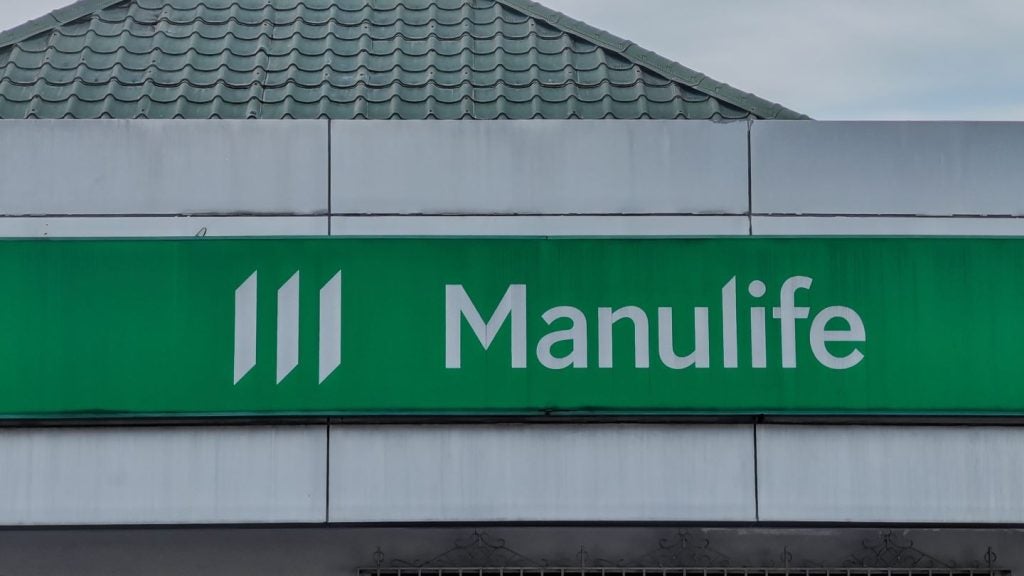
Distribution players in Latin America’s insurance industry are beginning to feel the force of technology innovation – and must adapt a hybrid model of digital and customer service platforms to thrive in future – based on research conducted by Life Insurance International.
This is the consensus among senior insurance executives and consultants interviewed by Life Insurance International. (LII).
The need for an industry ‘wake-up’ call comes at a time when insurance penetration remains painfully low in Latin America.
This is despite the rise of a growing middle-class consumer market, which generates around $65bn in annual life insurance premiums.
Life premiums as a percentage of gross domestic product (GDP) stood at 0.7% for Mexico and 1.2% for Brazil in 2014; compared to 3.7% in the United States during the same year, according to research from Ernst and Young.
Technology is also beginning to threaten traditional distribution channels in Latin America, which have typically been dominated by bancassurance and broker and agent sales.
According to a 2014 study by Ernst and Young, 80% of life insurance premiums are secured through the bancassurance channel in Brazil, while Mexican life insurance distribution is 40% bancassurance, 33% traditional agent and 26% payroll deduction.
How well do you really know your competitors?
Access the most comprehensive Company Profiles on the market, powered by GlobalData. Save hours of research. Gain competitive edge.

Thank you!
Your download email will arrive shortly
Not ready to buy yet? Download a free sample
We are confident about the unique quality of our Company Profiles. However, we want you to make the most beneficial decision for your business, so we offer a free sample that you can download by submitting the below form
By GlobalDataShifting market share
However, consultants and industry participants agree that market share between these players is shifting, especially as dire economic conditions hit consumer purchasing power.
A global downturn in commodity prices has led to losses of around $200bn across Latin America and aggregate GDP in Latin America and the Caribbean is now projected to contract in 2016 by 0.3% year over year, according to the IMF.
Against this backdrop, brokers are facing pricing pressures. In Brazil, Latin America’s largest economy – with 60% of Latin America’s total life insurance premiums, according to the latest Swiss Re Sigma study published in 2014 – increased transparency through the use of the internet and upcoming aggregators are also seen as threats.
Disintermediation
“Though lagging Europe in its development,[the] internet is undoubtedly going to speed up disintermediation in Brazil…. The key challenge for brokers will be to define their added value to the market in the future and how to achieve that,” according to a recent report by KPMG.
Charles Lutz, head of life and health (L&H) products for Latin America at Swiss Re, tells LII: “A key factor that can help explain the low penetration rate is distribution inefficiency coupled with complex and sometimes unaffordable coverage.
“The insurance industry in the region has been slow to adapt to some of the innovation offered by digital technology and to provide a more customised service to the consumer,” says “Going forward, the insurance industry in Latin America will need to embrace the culture of innovation.”
Need to adapt to expectations
Lutz adds that in order to tap into the region’s growing number of internet and mobile users, insurers and brokers will need to adapt to the expectations of emerging generations that are growing used to “easy and quick” access to information.
Understanding the needs of lower- and middle- income populations will also be key to growth in the region.
He says: “To adapt to new consumer expectations, insurers will have to invest in the development of new products and channels that meet the new demand.”
“Insurers continue to promote a single model with products not always suited to the low and middle- income segments of the population. New technologies can address the challenge of distribution to previously underserved markets in large countries like Brazil, Mexico, Argentina and Chile.”
Mobile technology impact
He adds: “Mobile technology, and its potential for financial services distribution, is becoming an increasingly important channel for insurance. While 80% of the population in emerging markets do not have a bank account, 70% do have access to a mobile phone. The use of mobile devices can help the introduction of microinsurance, an insurance product that serves as a basic risk management tool at an affordable price.”
A full analysis of the role and outlook for technology as a distribution channel in Latin America’s insurance market will be available this Wednesday (6 July) on Life Insurance International and Life Insurance International’s weekly newsletter.
To register for Life Insurance International’s FREE weekly newsletter, click here:
https://form.jotformeu.com/53144308571351







